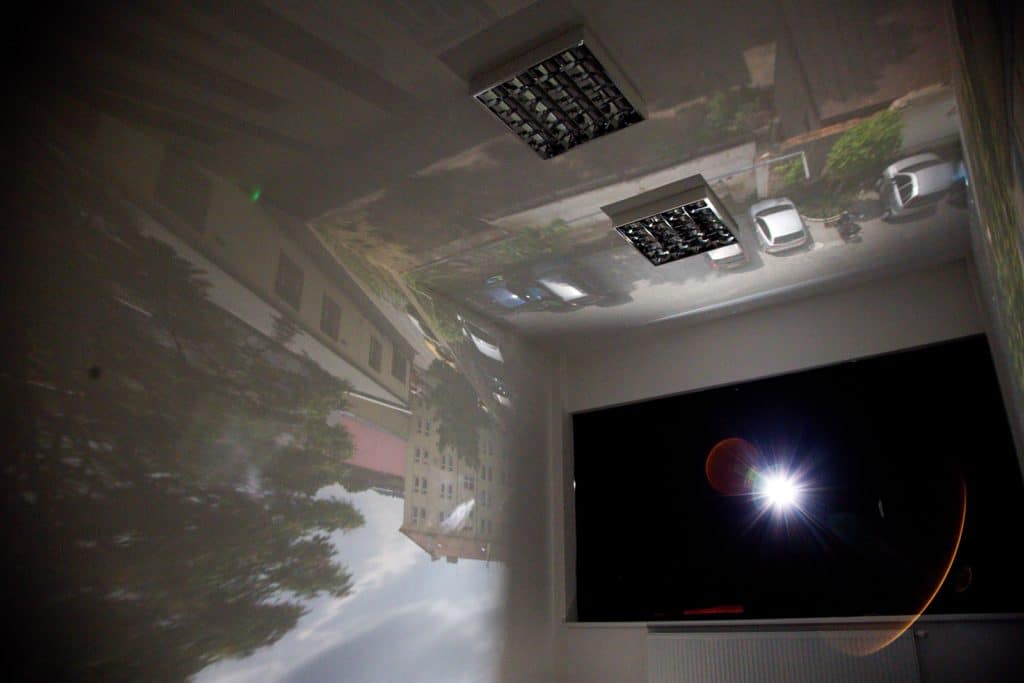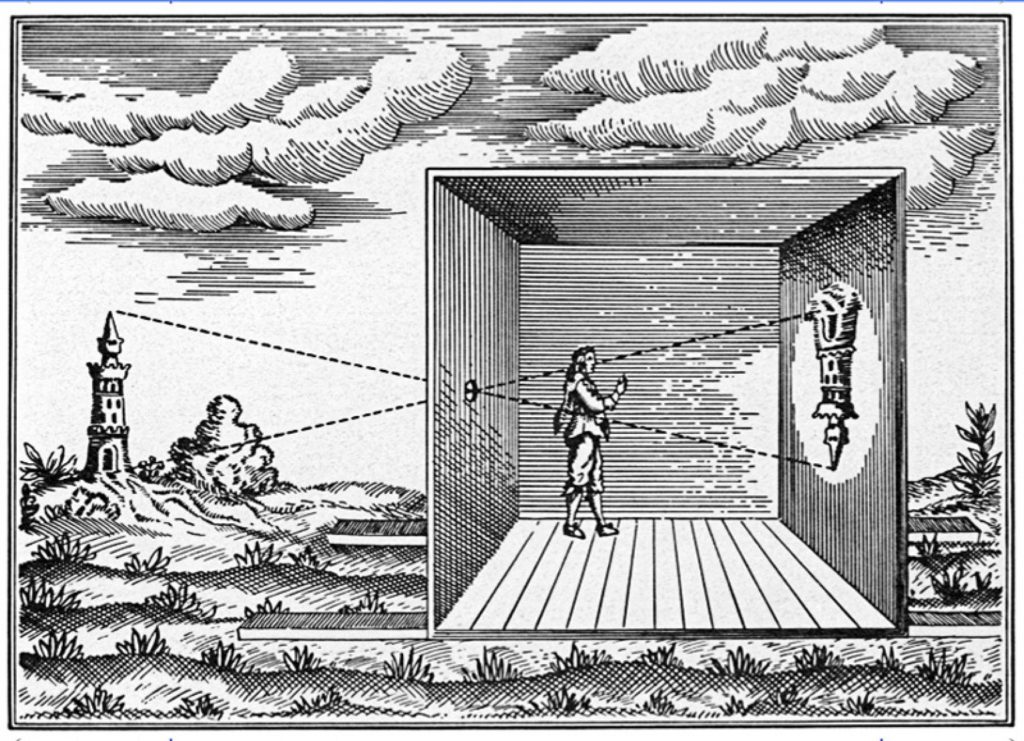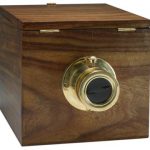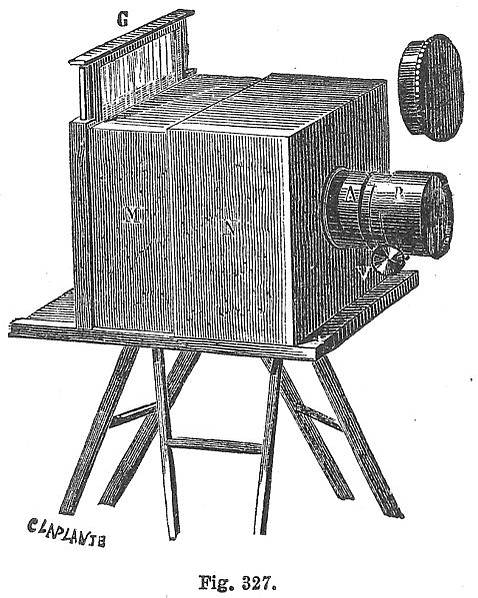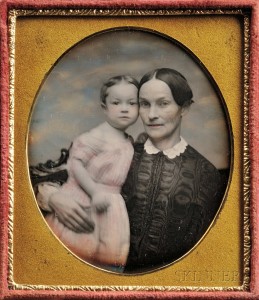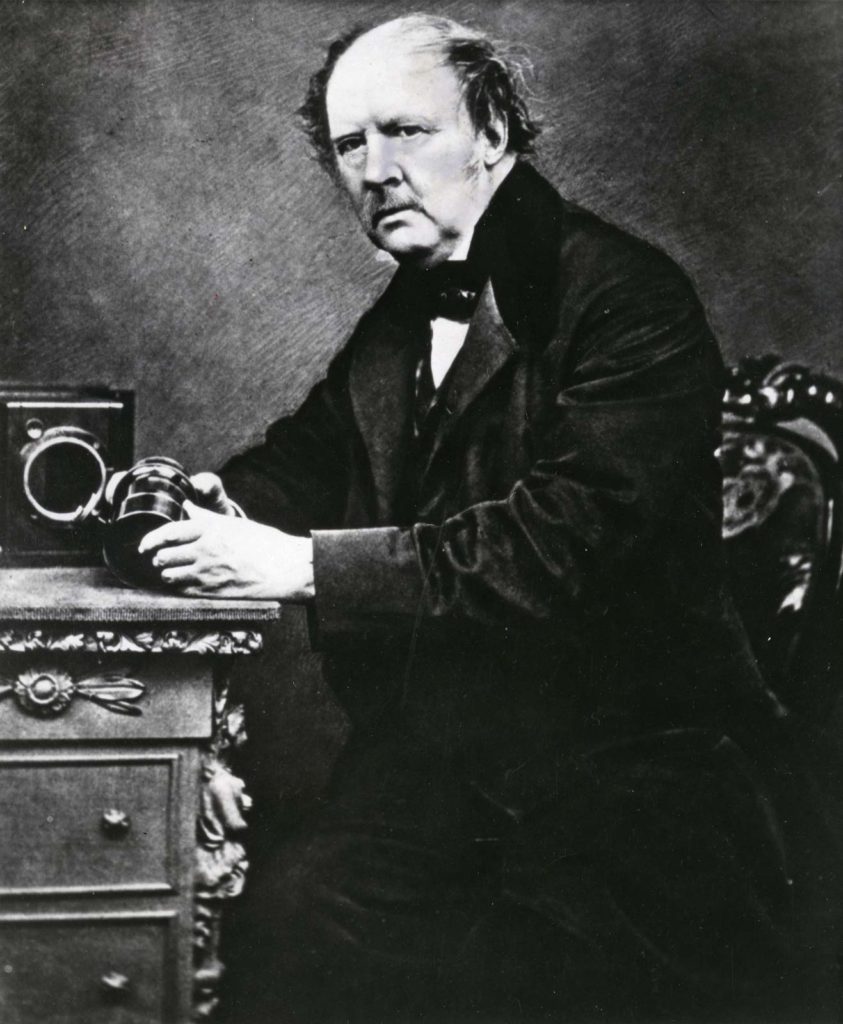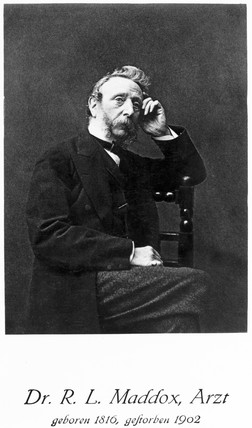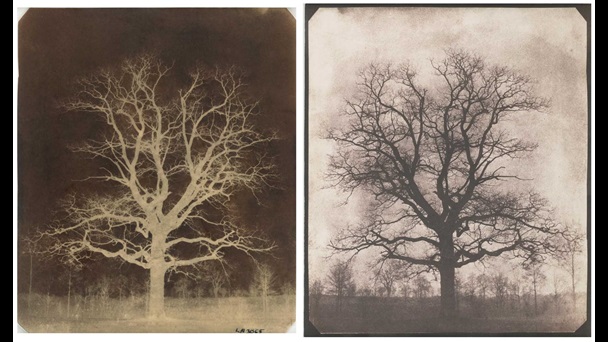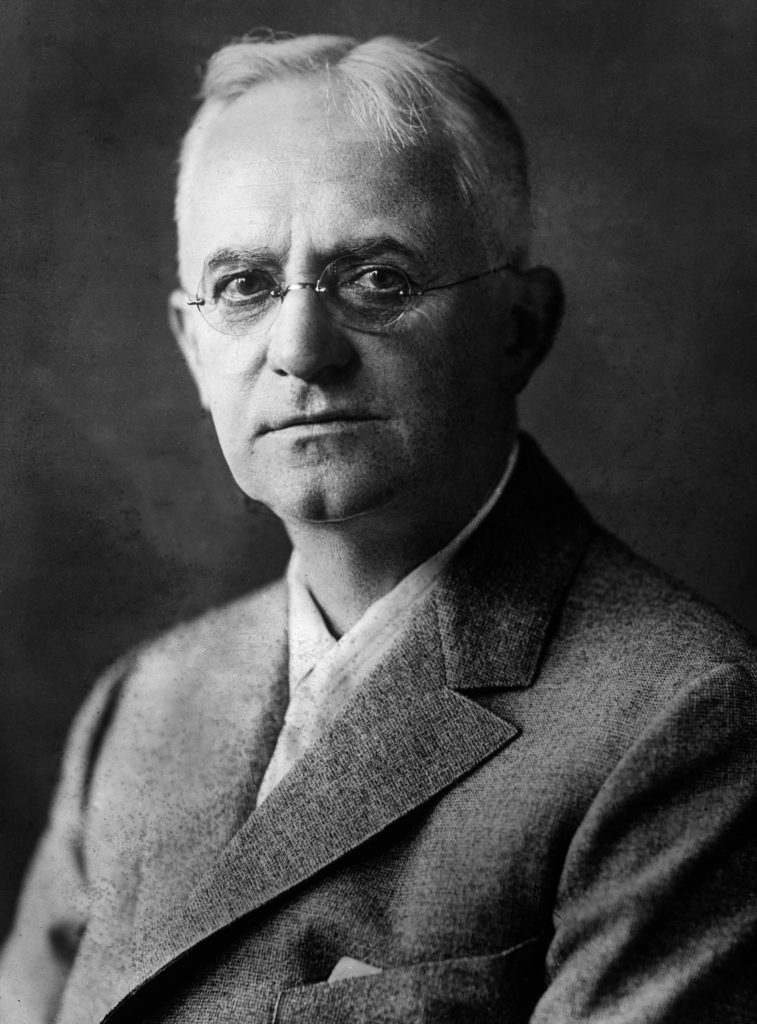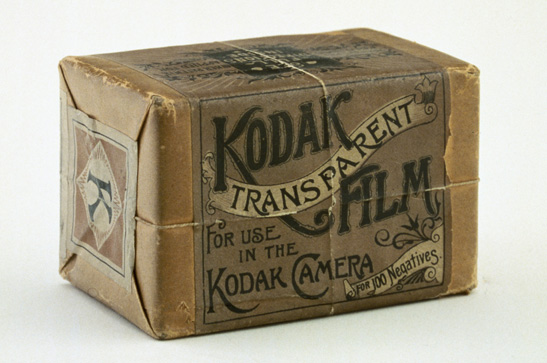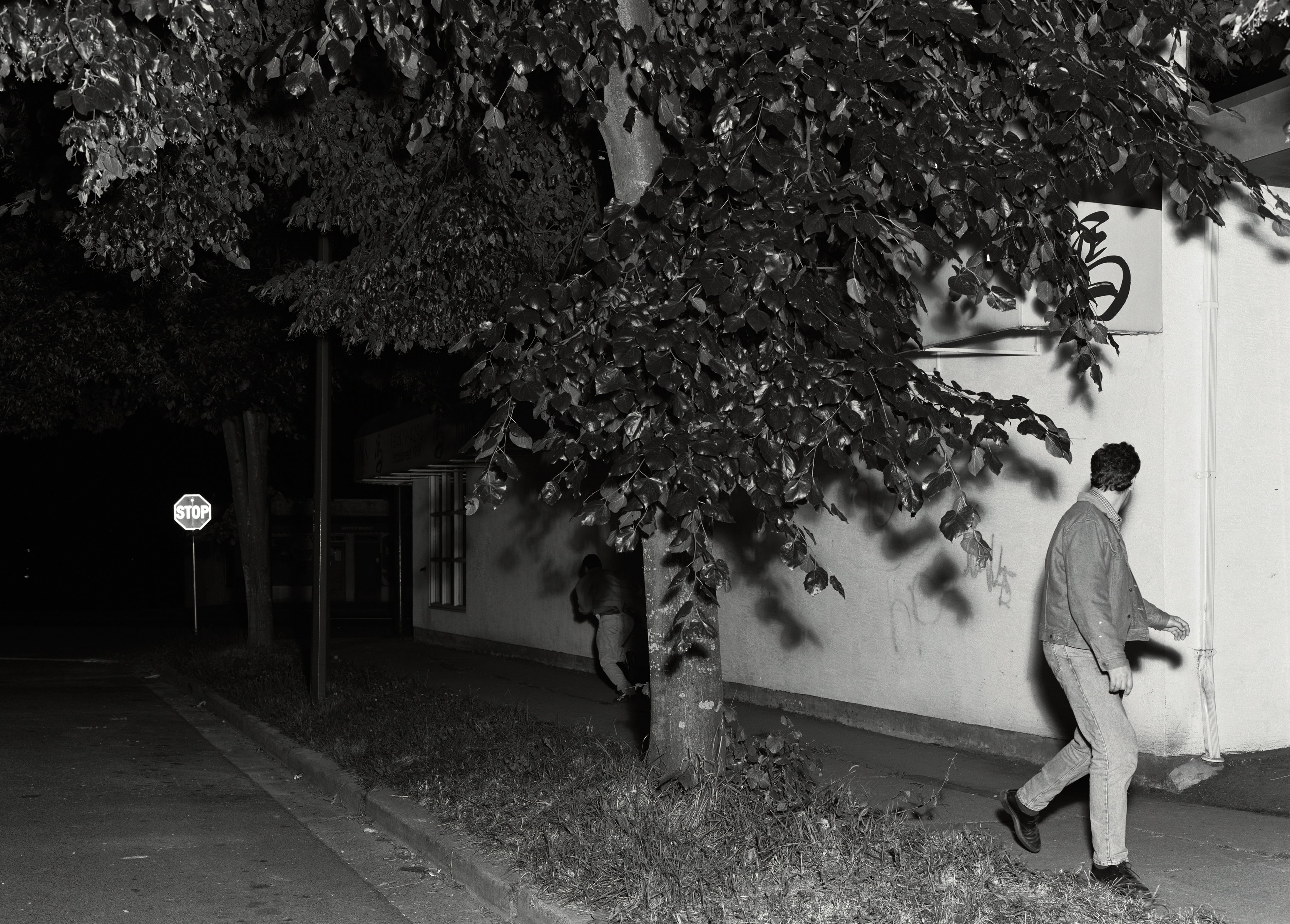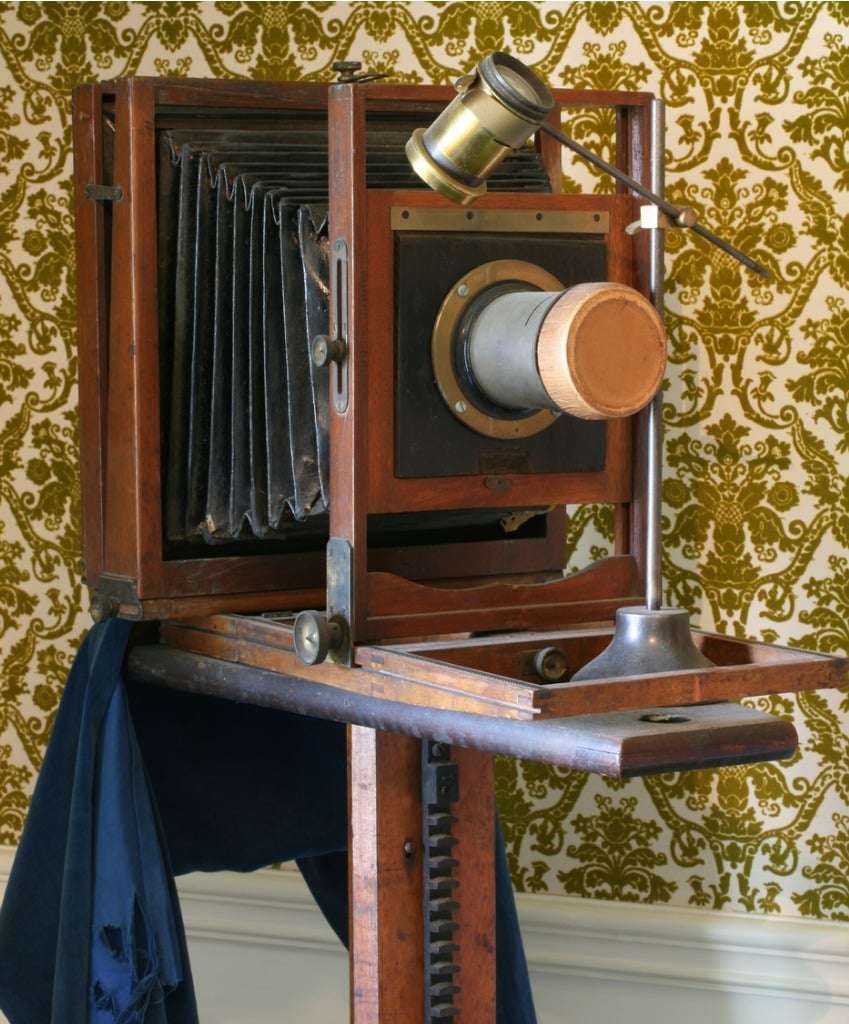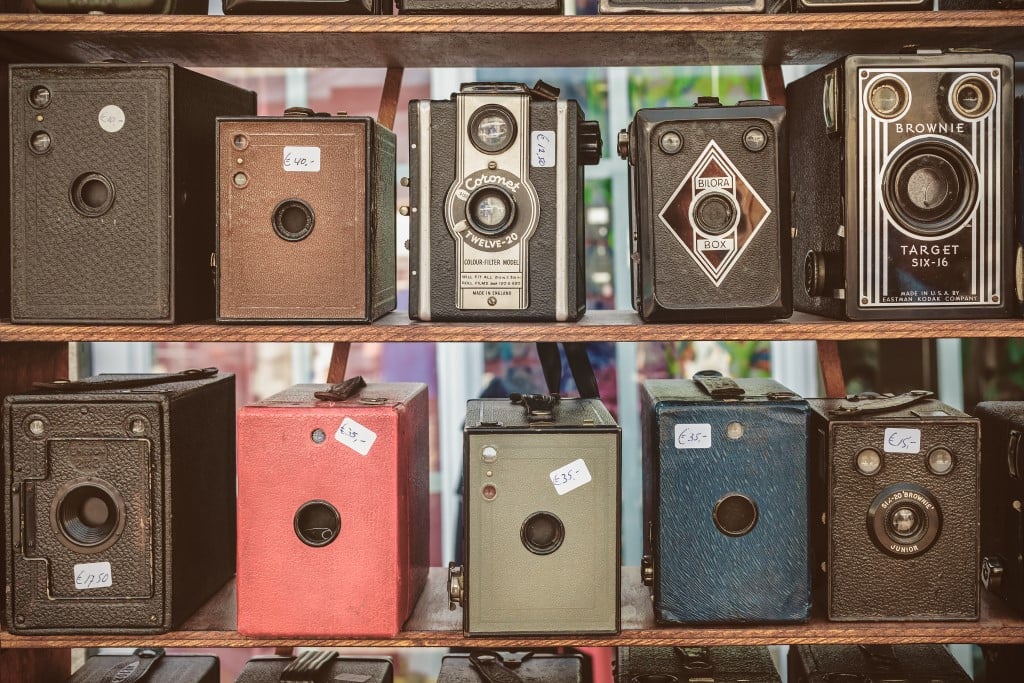‘Fixing the shadows’, we started by watching a documentary ’ from BBC Genius of Photography, Episode 1. Which was about the history of photography. This allowed us to gain a richer insight into how cameras and photography developed over time , and all the different unique techniques that were used before professional cameras were developed. It showed us how when one artist developed a new idea about how to take photos, a few moths or years later a new artist worked from their work and developed even more techniques and processes from that. Every time a new process was developed it had a completely different meaning around photography and tried to present images in many different ways. I will talk about some of these early processes in this essay.
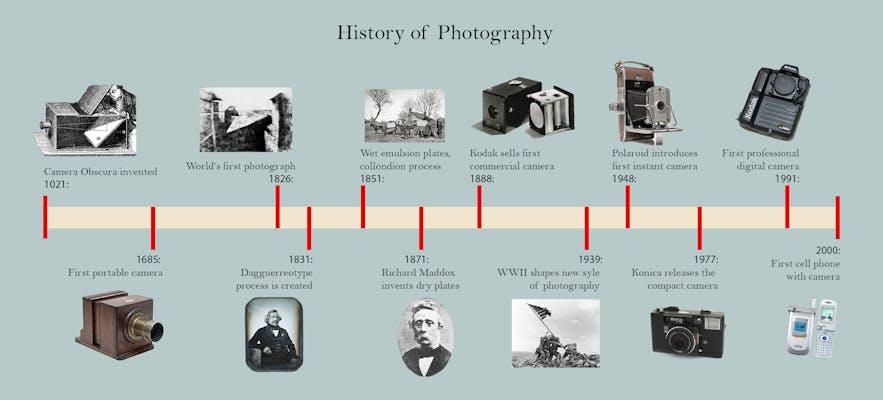

Camera Obscura-
Photography first started to develop and get attention in late 1820s , in France. However the earliest known written account of a camera obscura was provided in 400BC. It was light from an illuminated object that passed through a pinhole into a dark room created an inverted image of the original object. In the 18th centry, a concept/ process was disovered- the camera obscura. This is an optical device which is the ancestor of modern cameras. From the 17th century onwards some artists used it as an aid to plotting compositions. Essentially the camera obscura consisted of a lens attached to an aperture on the side of a darkened tent or box. It is a darkened room with a small hole or lens at one side through which an image is projected onto a wall or table opposite the hole. “Camera obscura” can also refer to analogous constructions such as a box or tent in which an exterior image is projected inside.
A visual representation of how it worked;
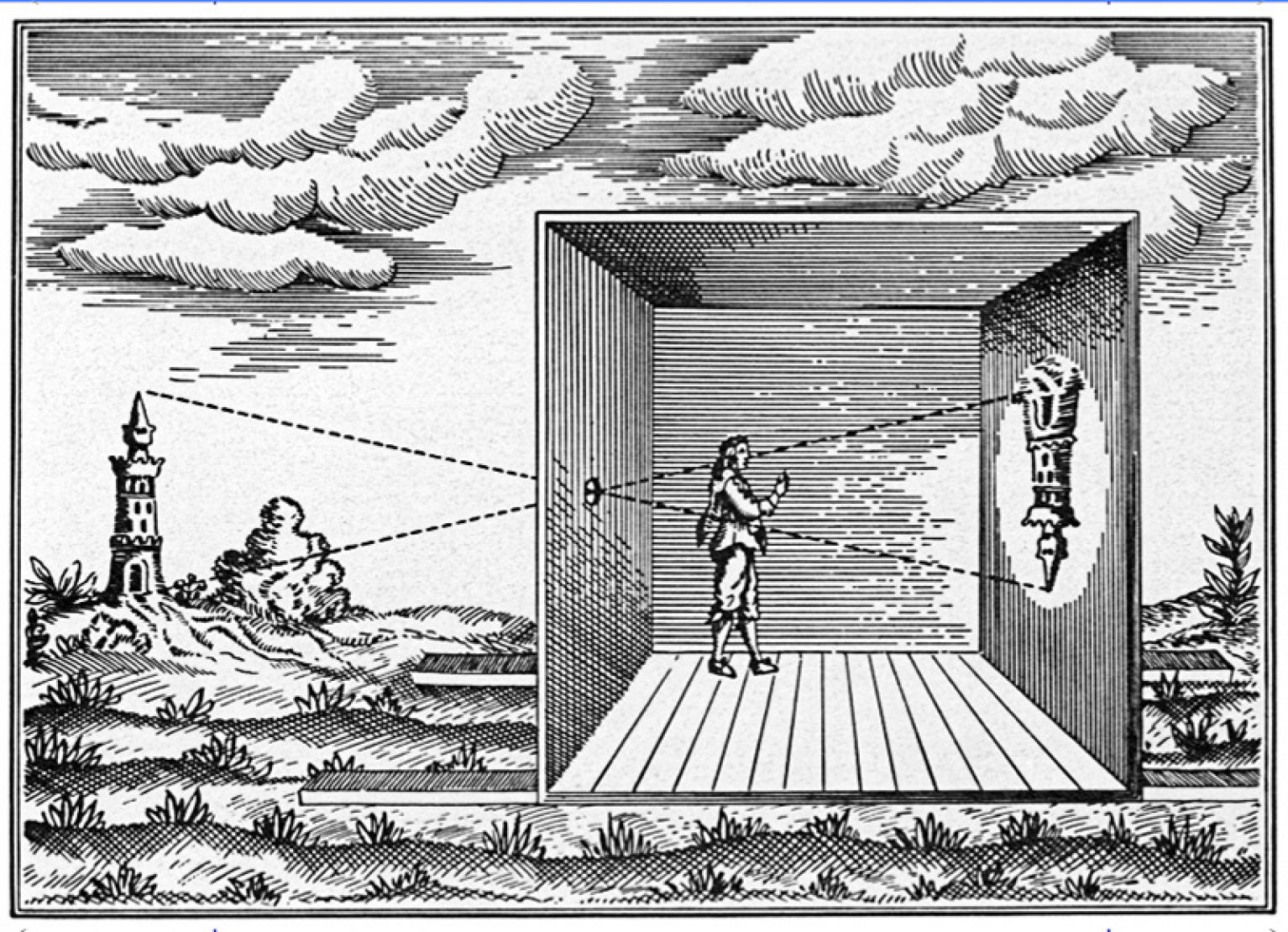

John Nicéphore Niepce

Nicéphore Niépce, in full Joseph-Nicéphore Niépce, (born March 7, 1765.France—died July 5, 1833, Chalon-sur-Saône), French inventor who was the first to make a permanent photographic image.
/first-photograph-2673939-5b0840770e23d90036127dd6.jpg)
When lithography became a fashionable hobby in France in 1813, Niépce began to experiment with the then-novel printing technique. He sought a way to provide images automatically. He coated pewter with various light-sensitive substances in an effort to copy superimposed engravings in sunlight. From this he progressed in April 1816 to attempts at photography which he called heliography(sundrawing), with a camera. He recorded a view from his workroom window on paper sensitized with silver chloride but was only partially able to fix the image.
Louis Daguerre + Daguerreotype
The daguerreotype was the first commercially successful photographic process (1839-1860) in the history of photography.
Louis Jacques Mandé Daguerre, each daguerreotype is a unique image on a silvered copper plate.
In contrast to photographic paper, a daguerreotype is not flexible and is rather heavy.The daguerreotype is accurate, detailed and sharp. It has a mirror-like surface and is very fragile. Since the metal plate is extremely vulnerable, most daguerreotypes are presented in a special housing. Different types of housings existed: an open model, a folding case, jewelry…
Numerous portrait studio’s opened their doors from 1840 onward. Daguerreotypes were very expensive, so only the wealthy could afford to have their portrait taken. Even though the portrait was the most popular subject, the daguerreotype was used to record many other images such as topographic and documentary subjects, antiquities, still lives, natural phenomena and remarkable events.
European daguerreotypes are scarce. They are scattered in institutional and private collections all over the world. Many aspects of the daguerreotype still need to be discovered. They can help us to understand the impact of photography on Europe’s social and cultural history.
The process;
The daguerreotype is a direct-positive process, creating a highly detailed image on a sheet of copper plated with a thin coat of silver without the use of a negative. The process required great care. The silver-plated copper plate had first to be cleaned and polished until the surface looked like a mirror. Next, the plate was sensitized in a closed box over iodine until it took on a yellow-rose appearance. The plate, held in a lightproof holder, was then transferred to the camera. After exposure to light, the plate was developed over hot mercury until an image appeared. To fix the image, the plate was immersed in a solution of sodium thiosulfate or salt and then toned with gold chloride.
Exposure times for the earliest daguerreotypes ranged from three to fifteen minutes, making the process nearly impractical for portraiture. Modifications to the sensitization process coupled with the improvement of photographic lenses soon reduced the exposure time to less than a minute.

HENRY FOX TALBOT and Calotype;
William Henry Fox Talbot was an English scientist, inventor and photography pioneer who invented the salted paper and calotype processes, precursors to photographic processes of the later 19th and 20th centuries.
What did Henry Fox Talbot do?
In 1851 Talbot discovered a way of taking instantaneous photographs, and his “photolyphic engraving” (patented in 1852 and 1858), a method of using printable steel plates and muslin screens to achieve quality middle tones of photographs on printing plates.
He called his process “calotype”. The original negative and positive process invented by William Henry Fox Talbot, the calotype is sometimes called a “Talbotype.” This process uses a paper negative to make a print with a softer, less sharp image than the daguerreotype, but because a negative is produced, it is possible to make multiple copies. The image is contained in the fabric of the paper rather than on the surface, so the paper fibers tend to show through on the prints. The process was superceded in the 1850s by the collodion glass negative.

Richard Maddox and The Gelatin or Dry Plate photographic process;
Richard Leach Maddox was an English photographer and physician who invented lightweight gelatin negative plates for photography in 1871. This involved the coating of glass photographic plates with a light sensitive gelatin emulsion and allowing them to dry prior to use.
. He combined silver bromide with “vegetable gummy matters” (lichen, linseed, quince), and “starchy substances” (rice, tapioca, sago). “Often I fancied I was just within the doorway when the door closed, and other plans had to be tried. Finally he tried gelatin from a packet of Nelson’s Gelatine Granuals.
Maddox prepared a number of plates, exposing by contact-printing them from other negatives, and putting each through a different exposure trial. “The resulting prints were very delicate in detail, of a colour varying between a bistre and olive tint, and after washing dried to a brilliant surface”. He later described trials on “out-of-door subjects”, but it was “impossible to get some laurels depicted in anything more than black and white” (i.e. without gray-scale tones).
The advantages of the dry plate were obvious: photographers could use commercial dry plates off the shelf instead of having to prepare their own emulsions in a mobile darkroom. Negatives did not have to be developed immediately. Also, for the first time, cameras could be made small enough to be hand-held, or even concealed: further research created ‘fast’ exposure times, which led to ‘snapshot’ photography (and the ‘Kodak’ camera with roll film), ultimately paving the way for cinematography.
George Eastman + Kodak
In 1888, inventor George Eastman invented a game-changing kind of dry, transparent, flexible photographic film that came in a roll. The film was designed for use in Eastman’s newly designed, user-friendly Kodak cameras.
His first camera, the Kodak, was sold in 1888 and consisted of a box camera with 100 exposures. Later he offered the first Brownie camera, which was intended for children. By 1927, Eastman Kodak was the largest U.S. company in the industry.
Who Was George Eastman?
In 1880, George Eastman opened the Eastman Dry Plate and Film Company. His first camera, the Kodak, was sold in 1888 and consisted of a box camera with 100 exposures. Later he offered the first Brownie camera, which was intended for children. By 1927, Eastman Kodak was the largest U.S. company in the industry. Eastman committed suicide in 1932.
Early Life and Education
Named after his father George Washington Eastman, George Eastman was born on July 12, 1854, in Waterville, New York. George Sr. had started a small business school, Eastman Commercial College, in Rochester, where he moved the family in 1860. But he died suddenly when Eastman was eight. One of young Eastman’s two older sisters was wheelchair-bound from polio and died when Eastman was 16.
Eastman’s mother, Mary, took in boarders to support the family, and Eastman dropped out of high school at age 14 to add to the family income. He began as a messenger and office boy for insurance companies and studied accounting at home to qualify for a higher salary. He eventually landed a job as bookkeeper at the Rochester Savings Bank.
Inventions
When Eastman was 24, he planned to visit Santo Domingo and, on the advice of a colleague, decided to document the trip. But the photography equipment alone was enormous, heavy and costly. He bought all the equipment, but he never took the trip.
Instead he began researching how to make photography less cumbersome and easier for the average person to enjoy. After seeing a formula for a “dry plate” emulsion in a British publication, and getting tutelage from two local amateur photographers, Eastman formulated a gelatin-based paper film and a device for coating dry plates.
Kodak Photography
He resigned from his bank job after launching his fledgling photography company in April 1880. In 1885, he headed to the patent office with a roll-holder device that he and camera inventor William Hall Walker had developed. This allowed cameras to be smaller and cheaper.
Eastman also came up with the name Kodak, because he believed products should have their own identity, free from association with anything else. So in 1888, he launched the first Kodak camera (a few years later, he amended the company name to Eastman Kodak).
The company slogan was “You press the button, we do the rest,” which meant the camera was sent in to the company after the 100 exposures on the roll of film had been used; they developed it and sent it back to the customer.
The Brownie Camera
The Brownie camera was launched in 1900 to target new hobbyist photographers — children — and with its $1 price tag, it also became a favourite of servicemen. Eastman supported the military in other ways as well, developing unbreakable glass lenses for gas masks and a special camera for taking pictures from planes during World War I.
The Original Kodak was fitted with a rotating barrel shutter unique to this model. The shutter was set by pulling up a string on top of the camera and operated by pushing a button on the side of the camera. After taking a photograph, a key on top of the camera was used to wind the film onto the next frame.

An example of autochrome from the archive;
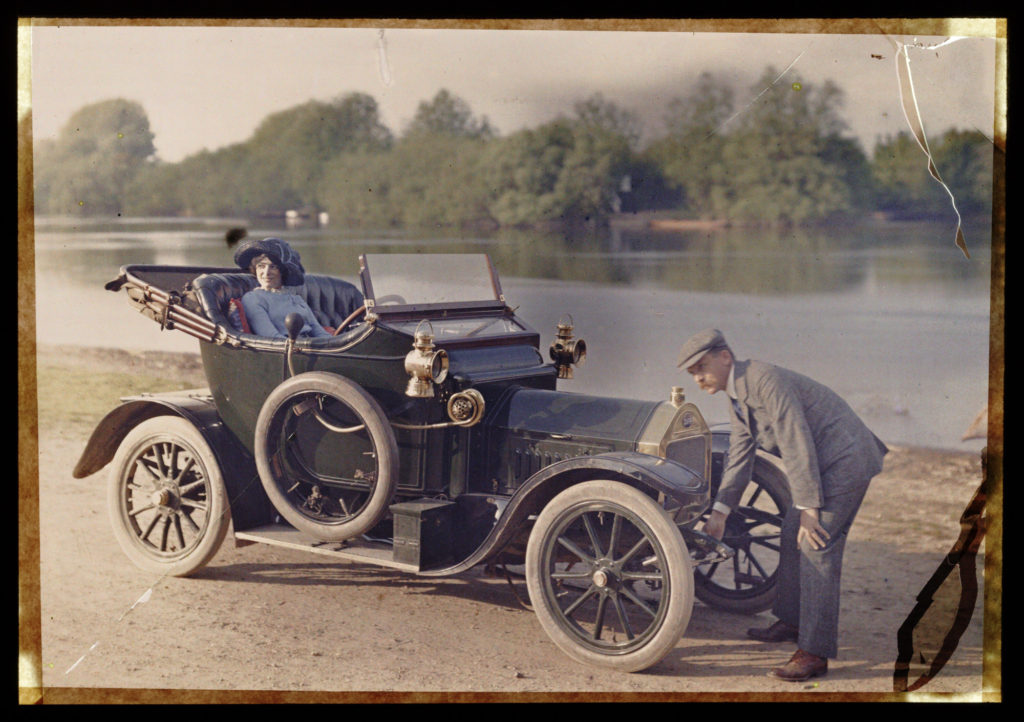


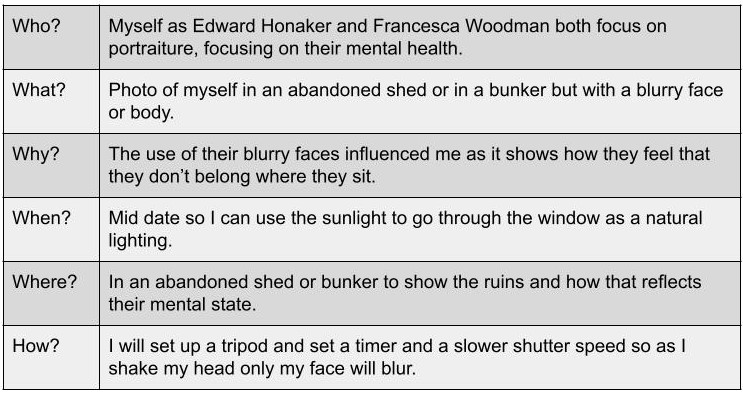

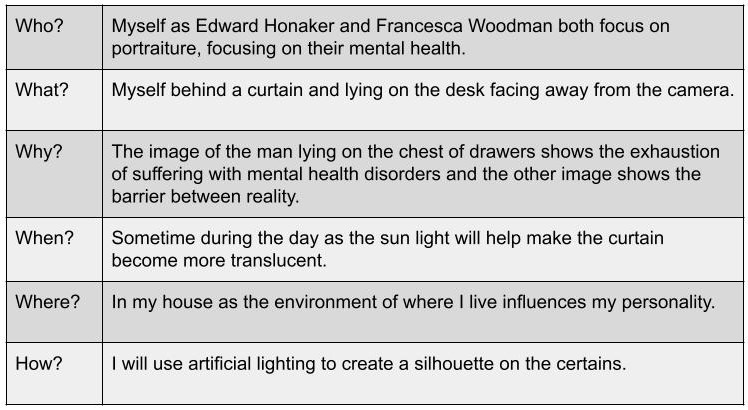






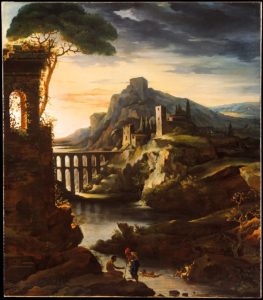







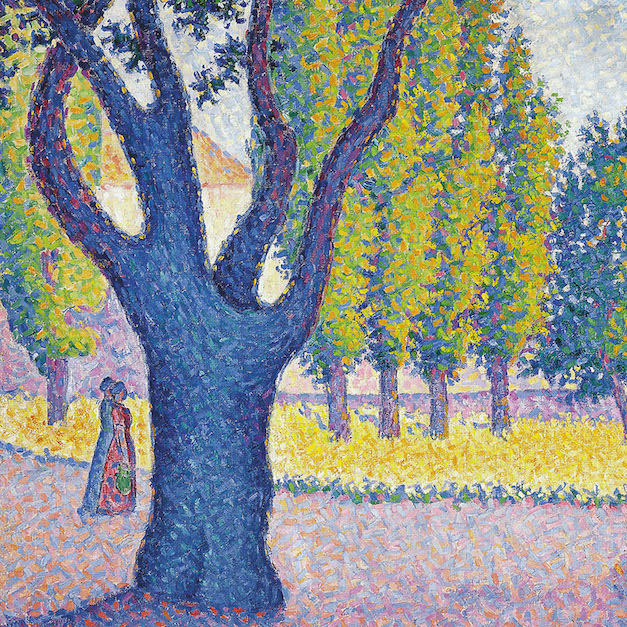



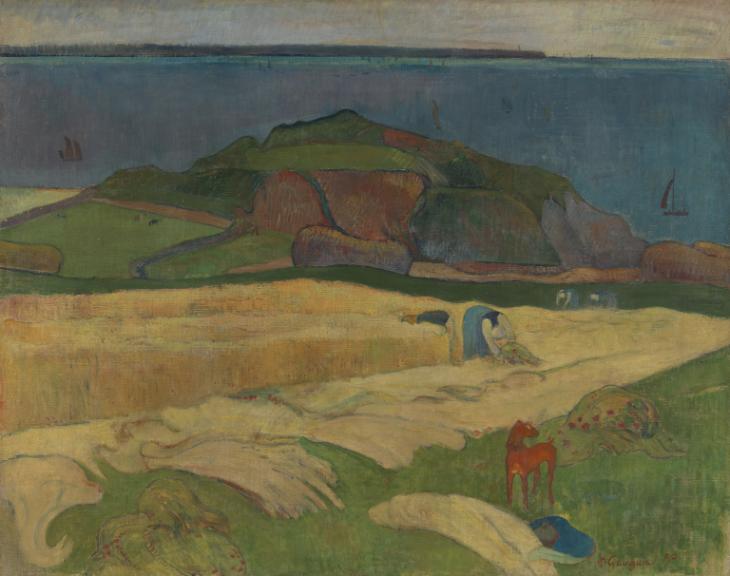




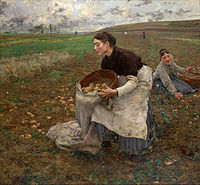
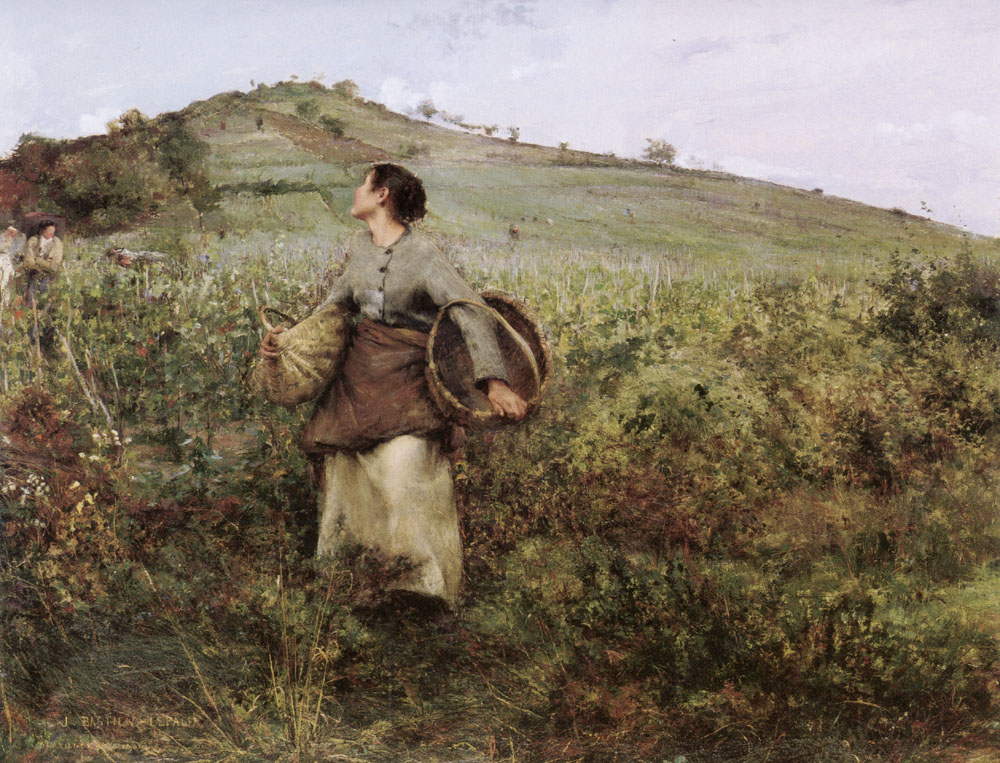
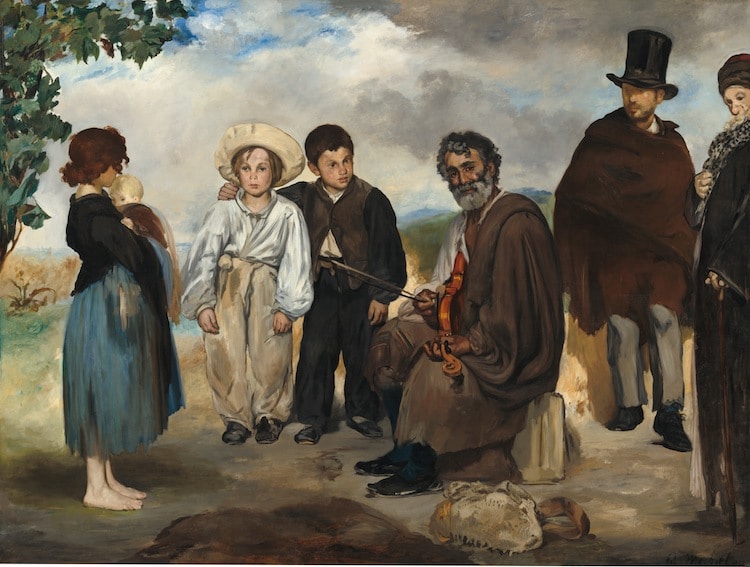

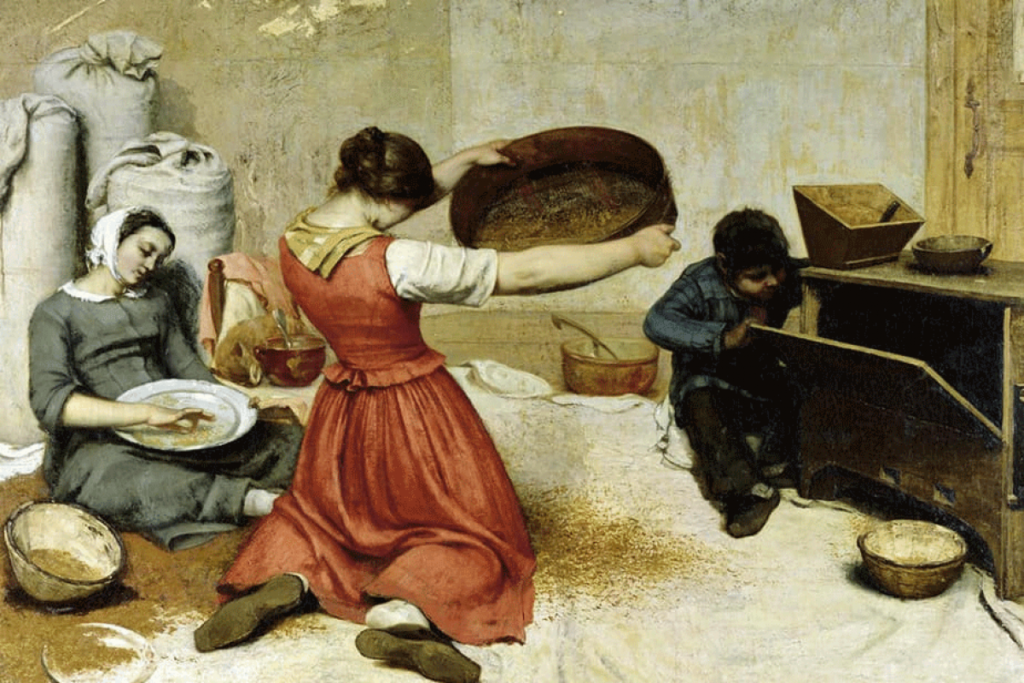



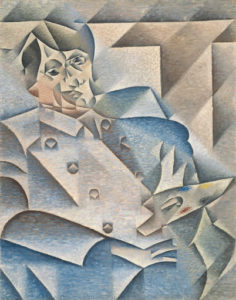


/brief-history-of-photography-2688527-FINAL-5bef134d46e0fb0026cda5f9.png)

